
The Mudgee microbrewery has collaborated with a local producer to hero homegrown pomegranates in its latest brew.
The post Small Batch releases pomegranate-driven sparkling mead appeared first on Beer & Brewer.

The Mudgee microbrewery has collaborated with a local producer to hero homegrown pomegranates in its latest brew.
The post Small Batch releases pomegranate-driven sparkling mead appeared first on Beer & Brewer.
When brewers and cheesemakers find new ways to collaborate, we all win.
The post Beer Cheese Is Having a Moment appeared first on CraftBeer.com.
“Wait! Women run hop farms in Michigan?” That was the response from one brewer as I gathered information for this story. While Michigan ranks number one in the Great Lakes region and number four nationally for total hop acreage, many of the women driving that success remain behind the scenes. From harvest coordination and greenhouse […]
The post Michigan Hops: The Women Behind the Bines appeared first on CraftBeer.com.
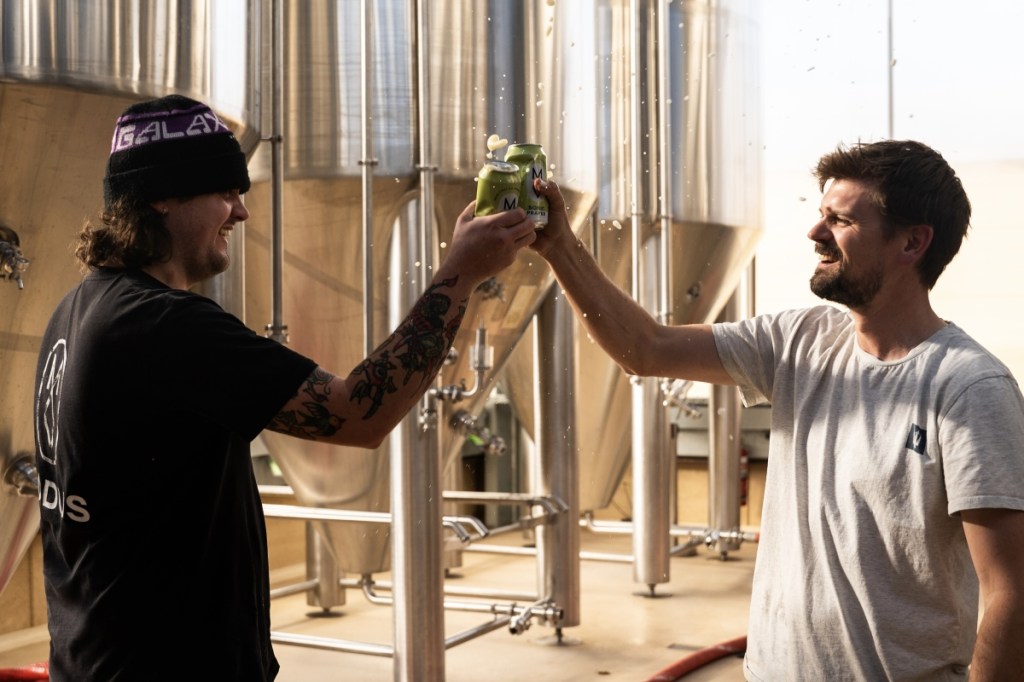
The limited release series celebrates the origins of classic beer styles with a Modus twist beginning with Modus WHITE - a Belgian-inspired White Ale.
The post Modus launches new small batch ‘Brewer Series’ appeared first on Beer & Brewer.
In a sea of juicy IPAs and lip-puckering sours, spice feels almost radical: an antidote to sweetness and a rebuttal to predictability.
The post Spicy Beers Are Catching Fire appeared first on CraftBeer.com.
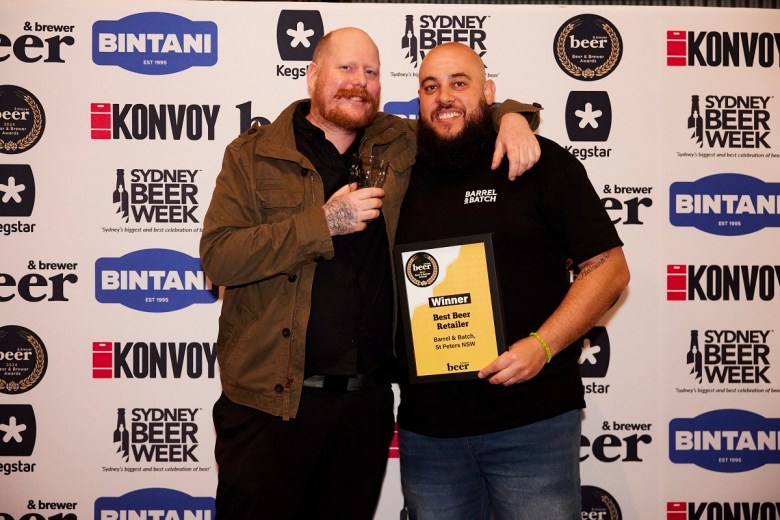 Barrel & Batch mourns Tait Micallef, a beloved leader whose passion shaped Australia’s craft beer scene.
Barrel & Batch mourns Tait Micallef, a beloved leader whose passion shaped Australia’s craft beer scene. 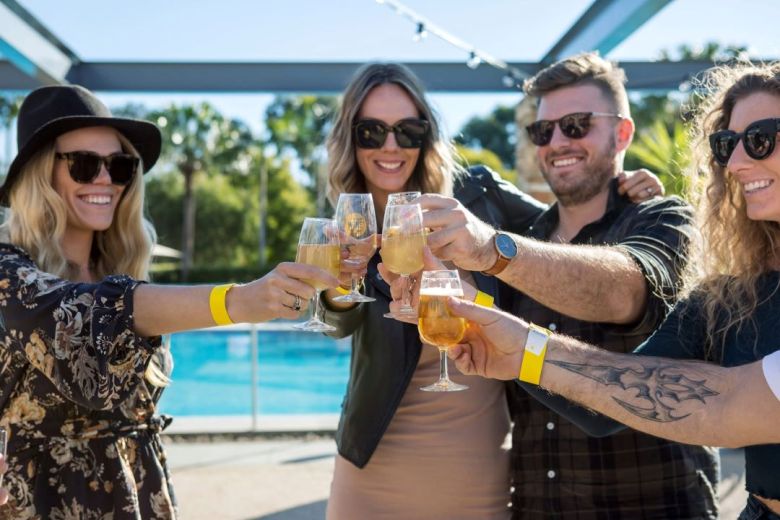 The Hunter Valley’s annual Wine and Beer festival will this year bring beer to the forefront, celebrating the region’s unique offerings.
The Hunter Valley’s annual Wine and Beer festival will this year bring beer to the forefront, celebrating the region’s unique offerings.  This Brewer Spotlight highlights Bracket Brewing’s Mike Meletopoulo who speaks to Beer & Brewer about his career built on finding balance.
This Brewer Spotlight highlights Bracket Brewing’s Mike Meletopoulo who speaks to Beer & Brewer about his career built on finding balance. 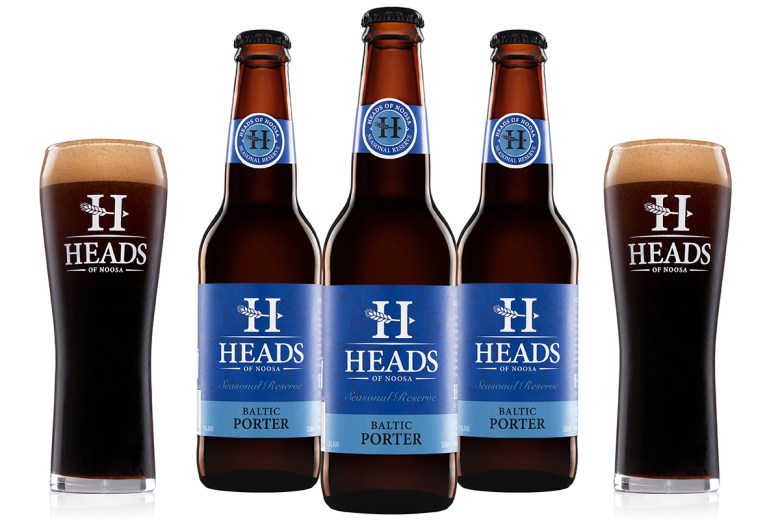 An even more limited quantity of the popular porter has been aged in oak barrels and will be exclusively available at a Noosa Eat & Drink Festival event.
An even more limited quantity of the popular porter has been aged in oak barrels and will be exclusively available at a Noosa Eat & Drink Festival event. 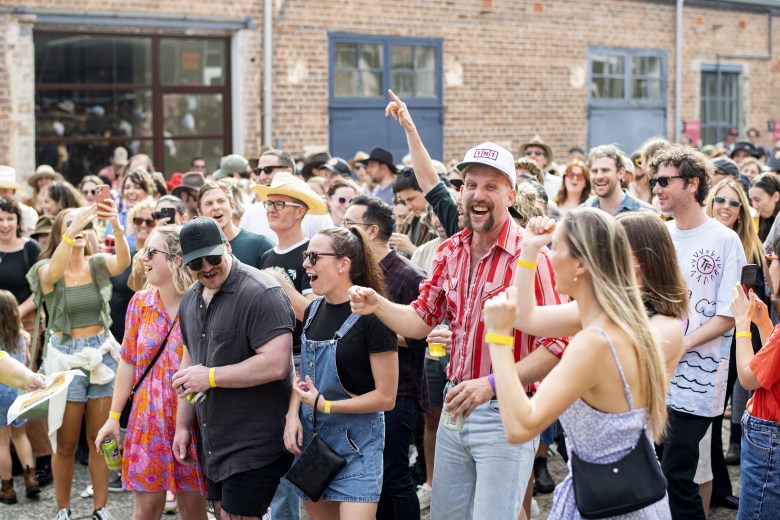 Kicking off on Saturday, the Inner West Ale Trail will celebrate the creative spirit and diverse culture of its breweries and their communities.
Kicking off on Saturday, the Inner West Ale Trail will celebrate the creative spirit and diverse culture of its breweries and their communities.  The two renowned inner-Sydney breweries are combining their production facilities and distribution channels in a strategic venture.
The two renowned inner-Sydney breweries are combining their production facilities and distribution channels in a strategic venture. An Englishman’s dream pub sparked Indy’s craft beer scene, leading to generations of brewers chasing flavor, community, and good vibes.
The post From Broad Ripple to Beer Boom: The Story of Indy’s Brewing Legacy appeared first on CraftBeer.com.
Spiced beers aren’t just waiting for an occasion anymore—they’re now year-round, tapping an ever-changing cupboard of craft brewing.
The post It’s Always Spiced Beer Season appeared first on CraftBeer.com.
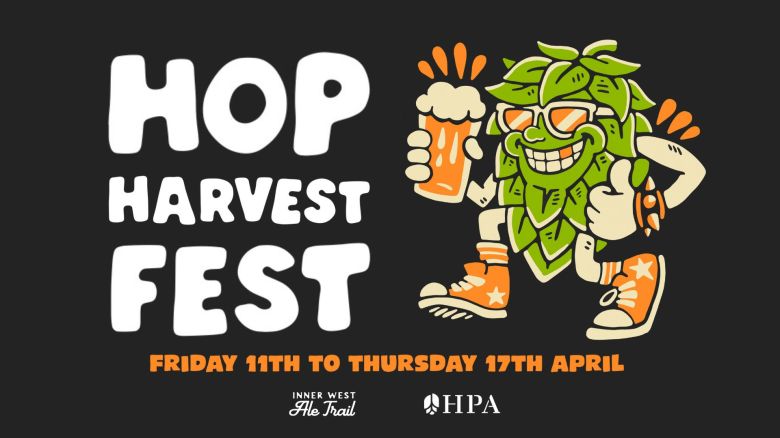 The Hop Harvest Fest is returning to the Inner West Ale Trail from 11-17 April with 11 breweries releasing exclusive new beers to their tap rooms.
The Hop Harvest Fest is returning to the Inner West Ale Trail from 11-17 April with 11 breweries releasing exclusive new beers to their tap rooms. Brewers are looking at how AI can improve efficiency and the overall brewing experience. But it's not yet poised to replace humans.
The post How AI Is Changing Beer appeared first on CraftBeer.com.
The main harvest window for citrus fruits runs from November to March, so why isn’t that period citrus beer season?
The post Citrus Sunshine in the Cold Winter appeared first on CraftBeer.com.
While women are currently a minority in the homebrewing community, they are increasingly taking on leadership roles and becoming the most outspoken proponents of the hobby.
The post Can Women Save Homebrewing? appeared first on CraftBeer.com.
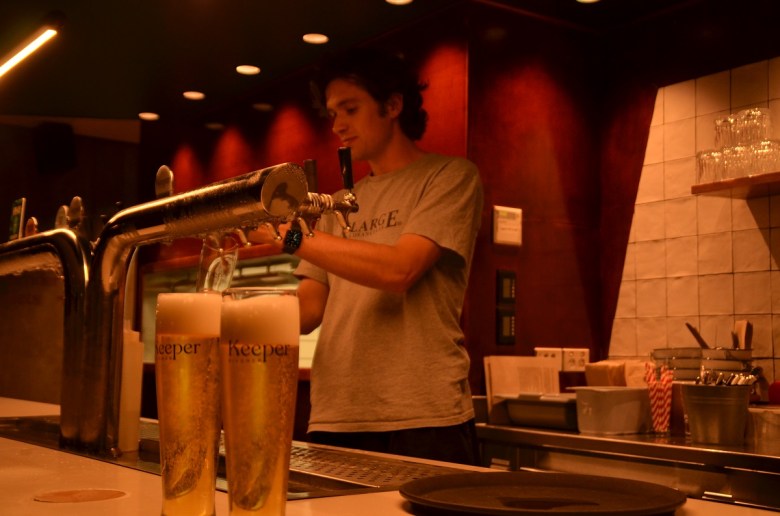 Brunswick brewery Keeper Brewing is continuing its focus on crafting one style of beer, the Pilsner, as the category grows in demand.
Brunswick brewery Keeper Brewing is continuing its focus on crafting one style of beer, the Pilsner, as the category grows in demand. Communal singing groups unite people through casual, joyful experiences blending beer and song, fostering connection and rediscovery in community spaces.
The post Singing For Your Beer: Hops & Hymn appeared first on CraftBeer.com.
Don't call it a comeback: Detroit's vibrant craft beer scene mirrors the city's own renaissance.
The post Celebrating Detroit’s Craft Beer History appeared first on CraftBeer.com.